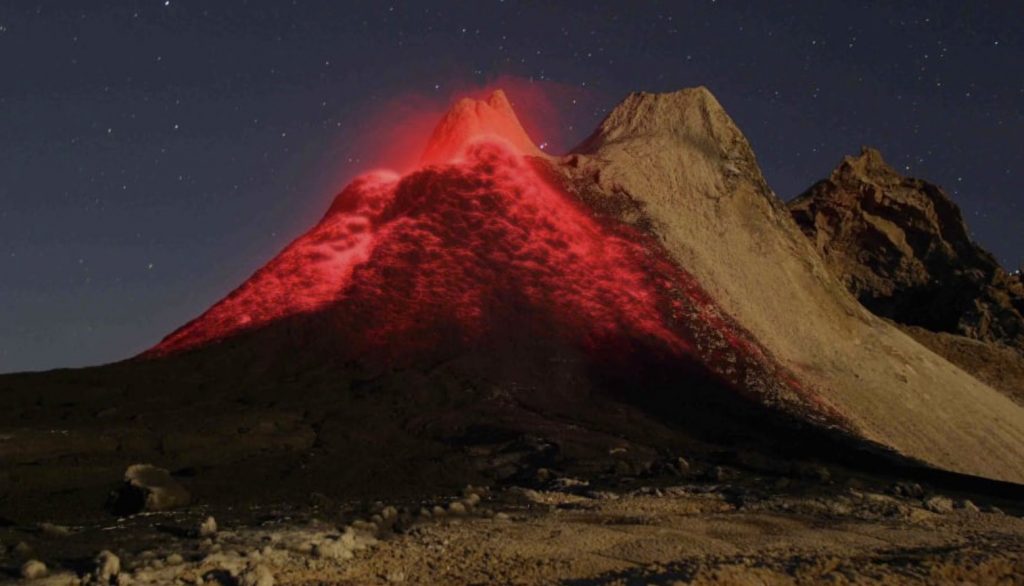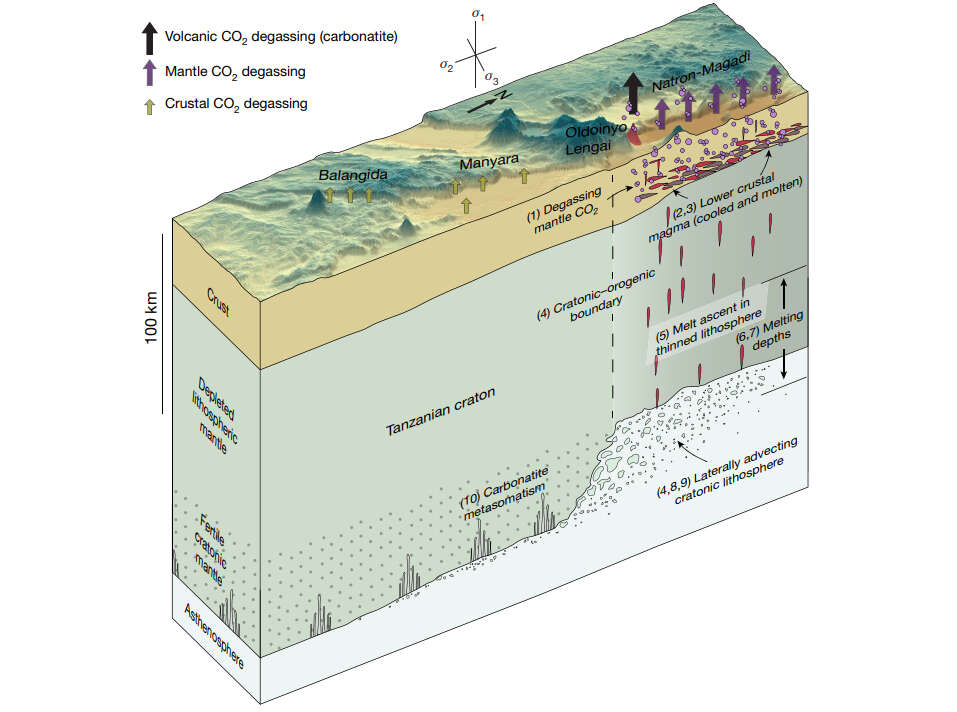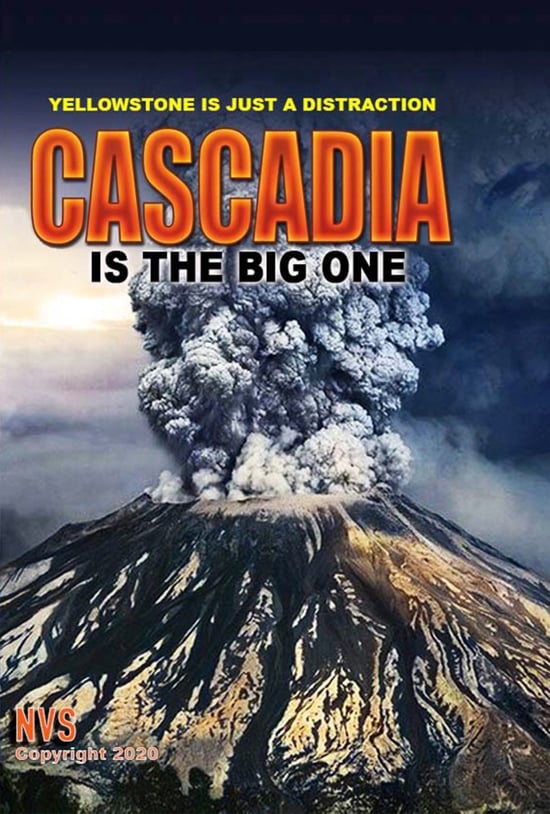New research indicates carbon dioxide can cause continents to break apart…
In fact, it appears to be facilitating Africa’s slow tectonic divorce right now.

Volcanoes can release large amounts of carbon dioxide along with all the other material they spit out. And the volcanoes of the African Rift Valley are particularly carbon intensive.
Rifts involve the splitting of a craton, the oldest and most stable part of a continental plate.
Professor Tobias Fischer of the University of New Mexico proposed the carbon dioxide released in the process comes from the craton’s base, where it has been accumulating for billions of years.
“The model suggests that this accumulated carbon originates from subducting oceanic plates and deep mantle plumes,” explains Fischer.
However, when Fischer published this idea he was still unable to explain how gasses buried beneath so much rock could make its way to the surface.
Fischer now thinks he has answered this question with a new scientific paper, and his solution could explain continental rift formation.
East African rift produces huge amounts of CO2
The East African rift is gradually pushing a coastal strip away from the rest of Africa. It is thought to release about as much CO2 as a small country.
Fischer’s co-authors sampled gasses from rift valley hot springs and found they divide into two very distinct groups:
- Some release very little carbon dioxide, instead being mostly nitrogen and helium from the crust.
- Others contain carbon dioxide laced with helium whose isotopic signature identifies it as coming from Earth’s mantle.
The key to understanding the difference is Tanzania’s volcano Oldoinyo Lengai, famous for its cool lava.
This volcano erupts lavas that are so liquid they move like motor oil. The reason for this is that they are devoid of the silica that makes up most igneous rocks but contain about 30 percent carbon.
The rocks formed from these lavas are even known as carbonatite. Widespread carbonatite through northern Tanzania indicates many such volcanoes exist but Oldoinyo Lengai is the only one active in recent times.

The paper concludes the underside of cratons includes steep slopes that focus carbon into pockets.
Just as carbon-rich lava flows more easily at the surface, the presence of carbon beneath a craton slopes reduces friction, pushing melted material sideways until it reaches thinner parts of the craton.
There the carbon-rich magma rises, producing a volcanic province and breaking the craton apart, eventually leading to the division of the continental plate and a new seaway.
The East African rift is cracking apart, as shown in these articles featuring terrifying fissures and craters in the ground of Kenya and Uganda:
Africa will split in two… As well as the United States when the overdue Cascadia Really Big One will hit the western coast of the USA. Be ready and get prepared! And to start doing so I recommend this great documentary (click on the image below).
More geology news on Strange Sounds and Steve Quayle. [Nature, EurekAlert, IFLScience]













You might want to read the White Papers concerning Continental Drift and Plate Tectonics. For the past 30 years there has been much ocean core drilling going on to prove the theory. There are plates. The Plates do move back and forth. But surprisingly they have found no evidence of continental drift or major active subduction zones. I lived within site of Mt. Saint Helens. I explored and climbed many of the Northwest Volcanoes. Need to worry about Mud Flows from Mt. Rainier. They can happen without a eruption or earthquake.
I currently live only 7 miles from a volcano. My house sits on 3 feet of ash from the last eruption. Will all those volcanoes erupt at the same time and split the continent? No. Sure a big earth quake will some day hit Washington/Oregon. There will be much damage. Will the ground crack? Yes.
Did you know that near Seattle in the Green River Valley that if you drill down to 140 feet you will hit large cedar trees that had been buried, but are not fossilized? Old time well drillers told me about it years ago. They even brought up cones that looked as fresh as the ones growing on live trees. What’s amazing is that they drilled down 140 feet in an area that is only 40 feet above sea level! Something really big happen there once. One Driller told me he would take the physical evidence to the University of Washington. He said they just ignored it.